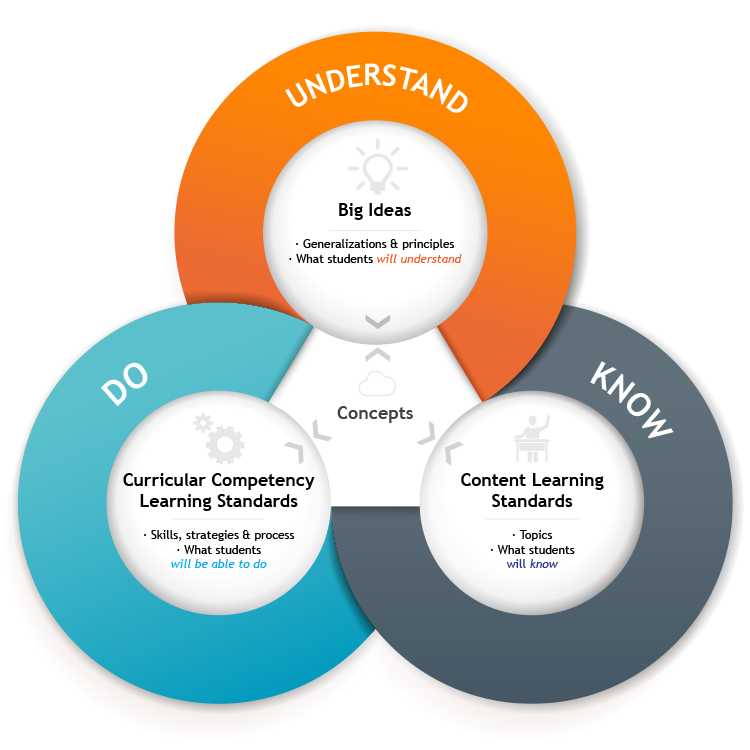This week’s topic on inclusion and integration really had me understand a lot more about being inclusive in learning and content design, as well as being inclusive in general. The video below that I took from this week’s learning material demonstrates inclusion versus integration really well.
I remember watching a movie of a genius who is talented in mathematics. He cannot hear anything, so he has to read people’s lips to know what they say. When he went to college and attended mathematics classes, the school was very considerate and appointed someone who could interpret the class content into sign language for this student when the teacher turns around to write down things on the black board while speaking. Although the problem is there was little sign language that could be used to interpret the mathematical content, and this student found it extremely difficult to understand the class content.
This story made me think deeply about being integrative and being inclusive. When including, and even welcoming people from certain groups or social backgrounds into a larger group, adaptations need to be thought of, not only through the eyes of the “normal” people but also the perspective of the minorities. We would find it easy to listen to the teacher and read all the contents presented to us in a normal classroom setting, but think about people who cannot hear or see, or someone who has reading problems. The would be a completely different experience to them.
The Universal Design for Learning (UDL) is a very good way to start when designing learning contents considering the topic of inclusion. I highly recommend the Know-Understand-Do and I think it is also a good way for anyone to learn new things. By applying this to a learning content design, we as designers could evaluate our own work using this principle. When testing the learners on their learning results, using the Know-Understand-Do process could help the designer of the content to better understand the needs of the target learners.

Furthermore, I would like to say that even as students now, we should also pay close attention to the topic of being inclusive and openminded. This helps us think ahead and prepare ourselves for the situations that we may walk into in the future. An openminded mindset also makes us see the possible perspectives that we may otherwise fail to see.
Bibliography
BC Ministry of Education. Curriculum Overview. https://curriculum.gov.bc.ca/curriculum/
Hi, Kayatcheung
I really like your article. You understand very clearly what UDL means. And you made your understanding clear through videos and pictures. The story you told about the movie was very convincing. I strongly agree with your deep thoughts.
Can you give me an example of open mindedness?
Have you had your own experiences with inclusion and openness?